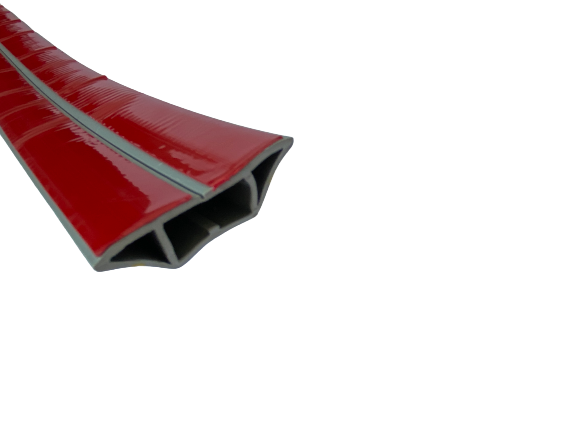Dec . 04, 2024 11:22 Back to list
Effective Solutions for Door Bottom Seal Strips to Enhance Home Insulation
The Importance of Door Bottom Strips A Complete Guide
When it comes to home improvement and maintenance, one often overlooks the small components that make a significant difference in comfort and energy efficiency. One such component is the door bottom strip, a seemingly minor detail that can have a profound impact on your living environment. In this article, we will explore the various functions, types, installation tips, and benefits of door bottom strips.
What is a Door Bottom Strip?
A door bottom strip, often referred to as a door sweep or door seal, is a flexible piece that attaches to the bottom of a door. Its primary purpose is to close the gap between the door and the floor, preventing drafts, moisture, dust, and insects from entering your home. If you have ever experienced drafts blowing under your door in winter or sawdust creeping in during a renovation, you understand the importance of this unassuming strip.
Functions of Door Bottom Strips
1. Energy Efficiency One of the most critical roles of a door bottom strip is to enhance energy efficiency. By sealing gaps under doors, these strips keep heated or cooled air inside your home, reducing the workload on heating or air conditioning systems. This can lead to significant savings on energy bills.
2. Pest Prevention Gaps below doors can be entry points for pests. Installing a door bottom strip blocks these openings, helping to keep unwanted insects and rodents at bay.
3. Moisture Control In areas with high humidity or weather fluctuations, door bottom strips can help prevent moisture from seeping in. This is especially crucial in basements or entryways where water leaks can lead to mold growth.
4. Noise Reduction Door bottom strips can also contribute to sound insulation. By sealing the gap, they reduce the amount of noise that travels between rooms, helping to create a quieter living space.
Types of Door Bottom Strips
There are various types of door bottom strips available, each designed for specific needs
1. Rubber Strips These provide a flexible seal and are effective in insulating against drafts and moisture.
door bottom strip

2. Vinyl Strips Vinyl strips are durable and resistant to wear and tear, making them suitable for high-traffic areas.
3. Metal Sweeps Equipped with a metal channel and a rubber component, these are ideal for heavy-duty doors, such as those in commercial settings.
4. Brush Strips These strips contain bristles that can conform to uneven surfaces, making them ideal for use on non-level floors.
Installation Tips
Installing a door bottom strip is a straightforward process that can often be done with minimal tools. Here’s a quick guide to help you get started
1. Measure Begin by measuring the width of your door. This measurement will help you choose the right size strip.
2. Choose the Right Type Depending on your needs, select a door bottom strip that suits your door type and the conditions of the area.
3. Cut to Size If necessary, cut the strip to fit your door precisely, ensuring that it makes an adequate seal with the floor.
4. Install Most strips can be attached using screws or adhesive. Follow the manufacturer’s instructions for the best results.
5. Test the Seal Once installed, test the door to ensure it closes properly and creates a tight seal against the floor.
Conclusion
In conclusion, door bottom strips play an essential role in maintaining your home’s comfort and efficiency. From improving energy conservation to keeping pests at bay, their benefits are manifold. Whether you are renovating your home or simply upgrading your doors, don’t overlook this crucial component. A well-installed door bottom strip can make all the difference in creating a more comfortable and inviting home environment.




